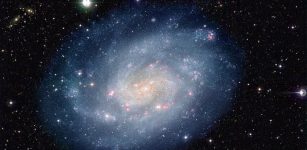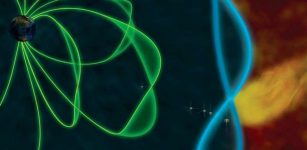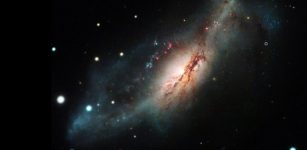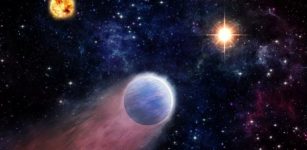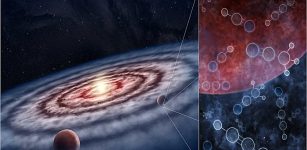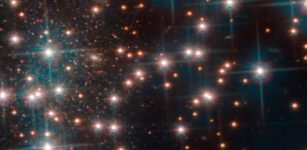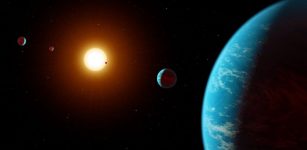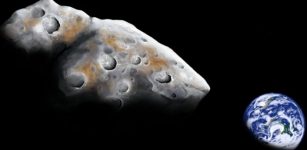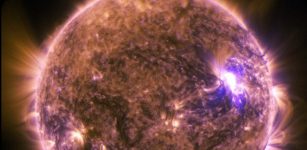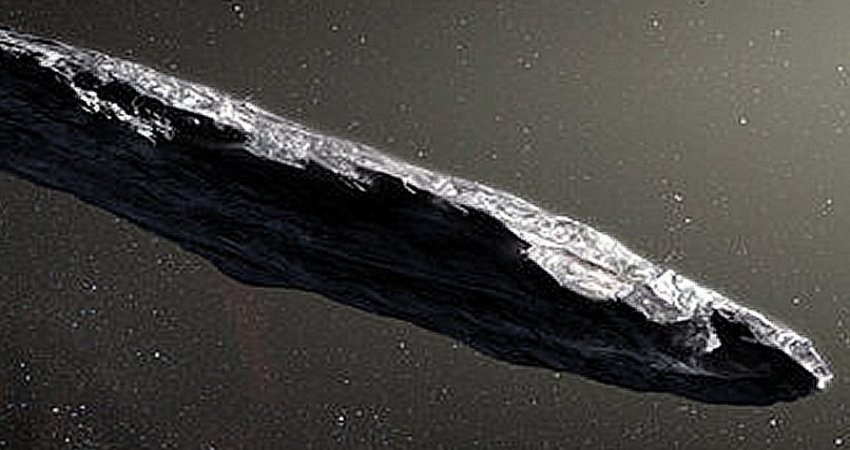Collision Of White Dwarf Star And Brown Dwarf Star Witnessed On Earth In 1670
MessageToEagle.com – In July of 1670, observers on Earth witnessed a ‘new star’, or nova, in the constellation Cygnus – the Swan. Where previously there was no obvious star, there abruptly appeared a star as bright as those in the Plough, that gradually faded, reappeared, and finally disappeared from view.
Modern astronomers studying the remains of this cosmic event initially thought it heralded the merging of two main sequence stars – stars on the same evolutionary path as our Sun.
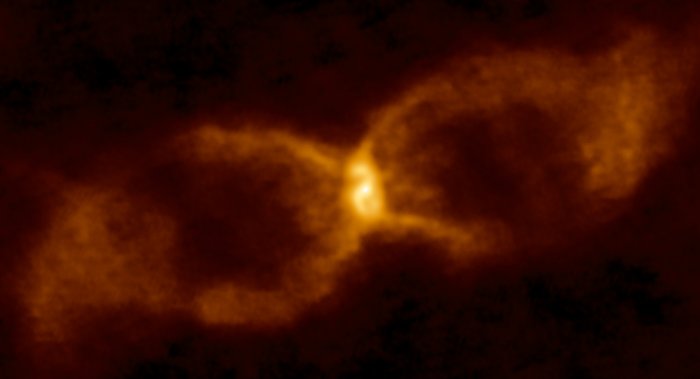
New observations with the Atacama Large Millimeter/submillimeter Array (ALMA)
point to a more intriguing explanation. By studying the debris from this explosion, which takes the form of dual rings of dust and gas resembling an hourglass with a compact central object, the researchers concluded that a brown dwarf (a so-called failed star without the mass to sustain nuclear fusion) merged with a white dwarf (the elderly, cooling remains of a Sun-like star).
“It now seems what was observed centuries ago was not what we would today describe as a classic ‘nova.’ Instead, it was the merger of two stellar objects, a white dwarf and a brown dwarf. When these two objects collided, they spilled out a cocktail of molecules and unusual isotopes, which gave us new insights into the nature of this object,” said Sumner Starrfield, an astronomer at Arizona State University and co-author on a paper, in a press release.
According to the researchers, the white dwarf would have been about ten times more massive than the brown dwarf, though much smaller in size. As the brown dwarf spiraled inward, intense tidal forces exerted by the white dwarf would have ripped it apart.
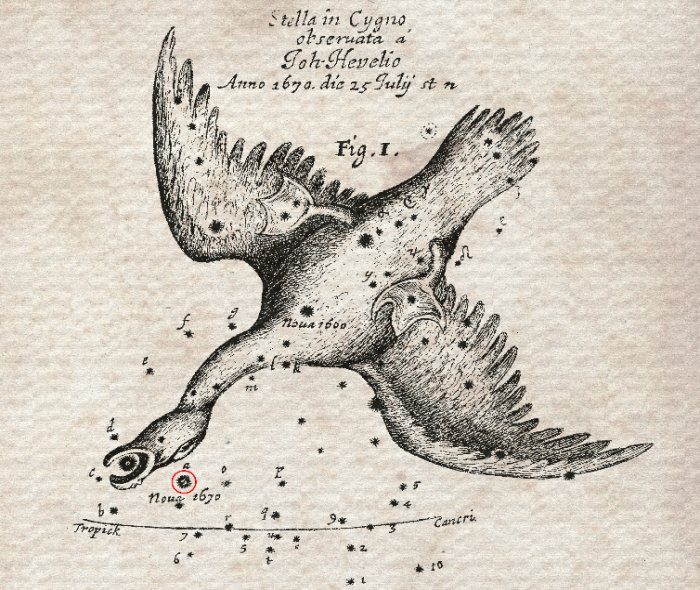
“This is the first time such an event has been conclusively identified,” remarked Starrfield.
Since most star systems in the Milky Way are binary, stellar collisions are not that rare, the astronomers note. The new ALMA observations reveal new details about the 1670 event.
By studying the light from two, more-distant stars as it shines through the dusty remains of the merger, the researchers were able to detect the telltale signature of the element lithium, which is easily destroyed in the interior of a main sequence star, but not inside a brown dwarf.
“The presence of lithium, together with unusual isotopic ratios of the elements carbon, nitrogen, and oxygen point to material from a brown dwarf star being dumped on the surface of a white dwarf. The thermonuclear ‘burning’ and an eruption of this material resulted in the hourglass we see today,” said Stewart Eyres, Deputy Dean of the Faculty of Computing, Engineering and Science at the University of South Wales and lead author on the paper.
MessageToEagle.com

